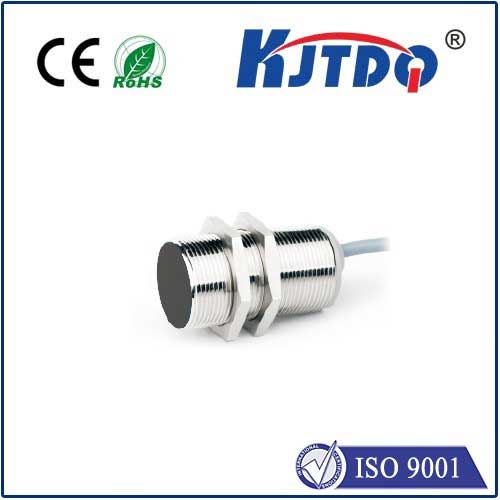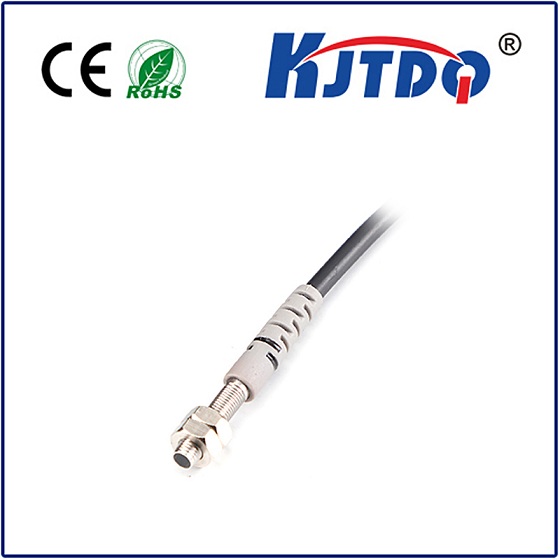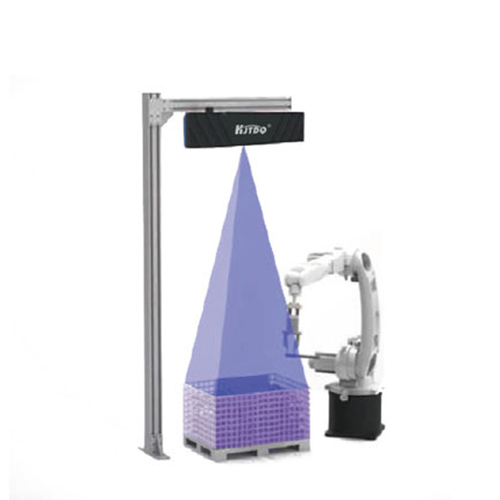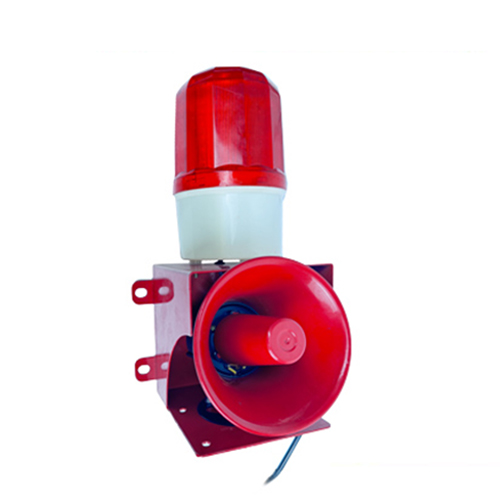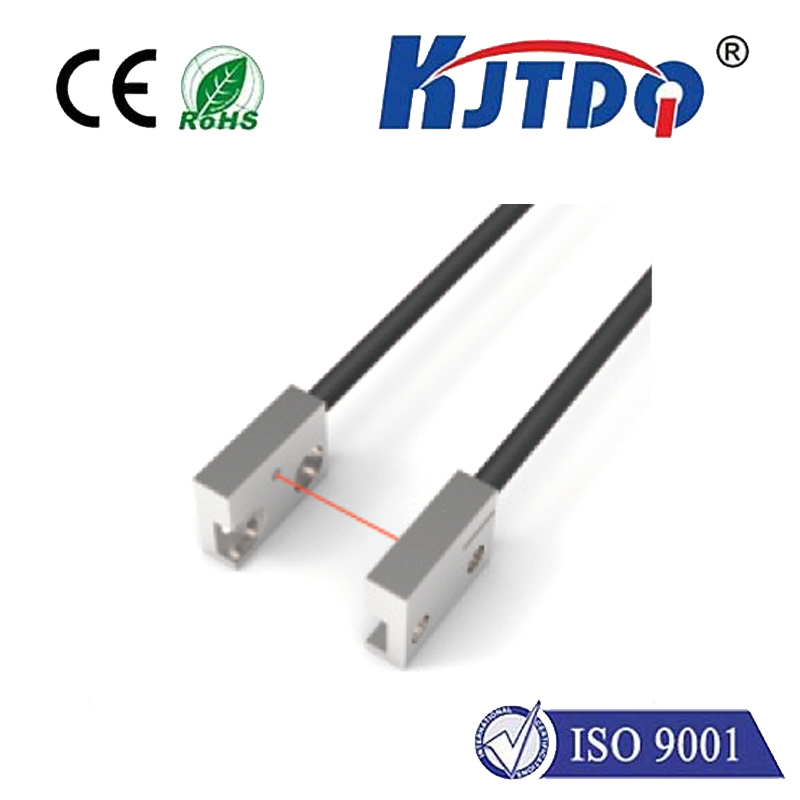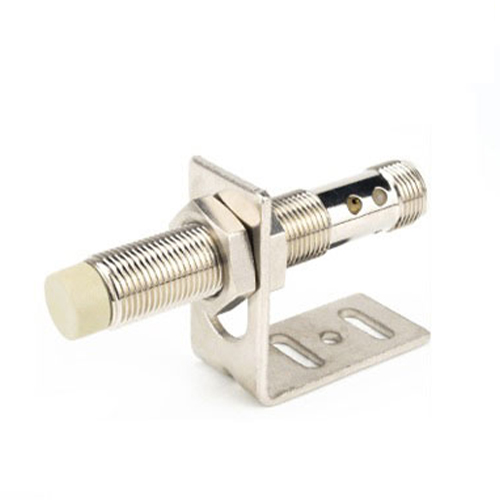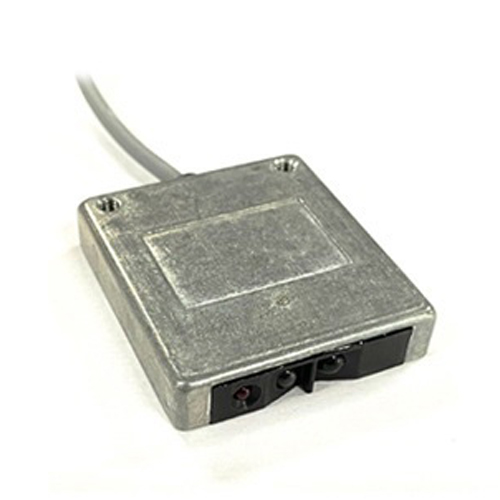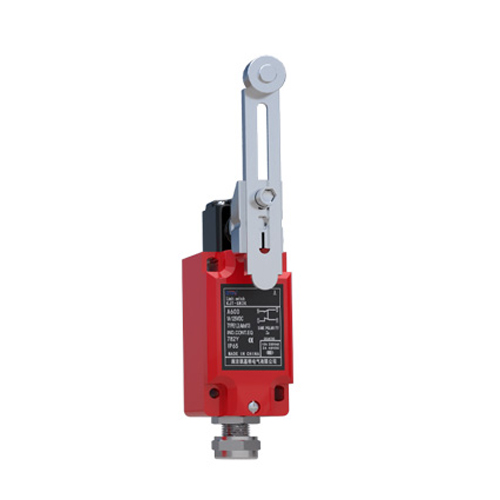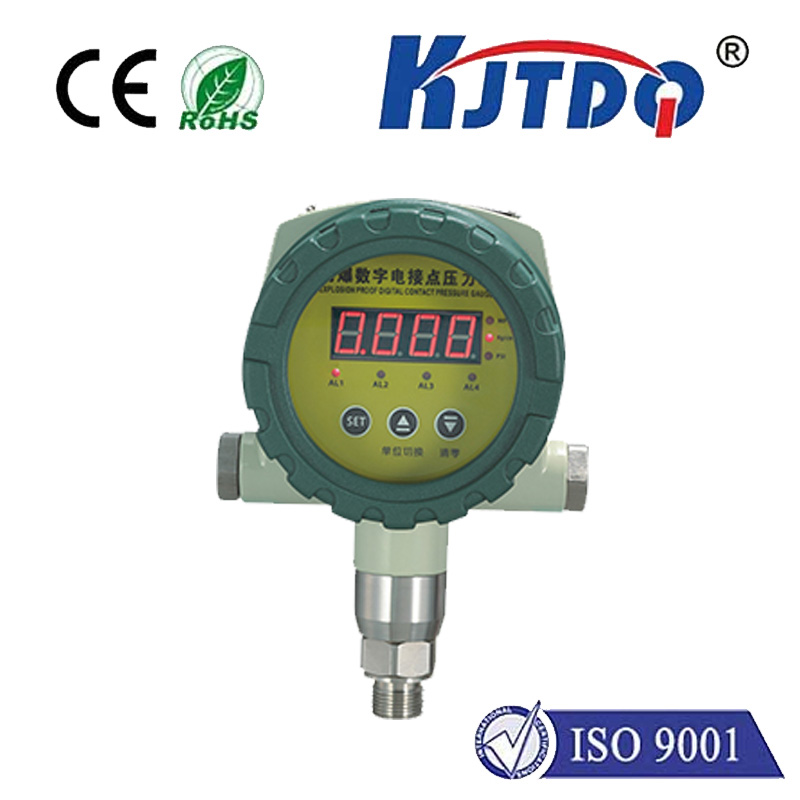

check

check

check

check

check

check

check

check

check

check
Title: The Evolution of Laser Linear Encoders: A Comprehensive Guide
Introduction
The field of automation has witnessed remarkable advancements over the years, and one of the key components that have played a significant role in enhancing the efficiency and accuracy of various industrial processes is the laser linear encoder. This article will provide an in-depth analysis of laser linear encoders, including their history, working principle, applications, and future prospects.
History of Laser Linear Encoders
Laser linear encoders were first introduced in the late 1970s as a revolutionary technology for encoding linear motion in machines. Initially, they were used primarily in the automotive industry for speed control and monitoring of vehicle movements. Over time, their applications expanded to include other industries such as manufacturing, aerospace, and robotics.

Working Principle of Laser Linear Encoders
Laser linear encoders work by utilizing a pair of mirrors or lenses that reflect light from a laser beam. When the mirror or lens moves along with the machine's linear movement, it creates a unique code that can be decoded by an electronic sensor. The code represents the distance traveled by the mirror or lens, which can then be converted into a specific value representing the degree of rotation or linear motion.
Applications of Laser Linear Encoders
The versatility of laser linear encoders makes them highly suitable for a wide range of applications. Some of their most common uses include:
1. Positioning and tracking: Laser linear encoders are commonly used in positioning systems for precise control of machines and equipment.
2. Motion control: These encoders are essential for controlling the motion of robots, conveyor systems, and other industrial devices.
3. Quality control: Laser linear encoders can be used to monitor the performance of machinery and detect any abnormalities or faults.
Future Prospects of Laser Linear Encoders
As automation continues to play a crucial role in various industries, the demand for high-precision encoders such as laser linear encoders is expected to grow significantly. Advancements in technology, particularly in terms of miniaturization and integration with other sensors, are likely to drive further innovation in this area. Additionally, the increasing adoption of renewable energy sources and the need for more eco-friendly solutions will also contribute to the growth of laser linear encoders.
Conclusion
In conclusion, laser linear encoders have come a long way since their inception and have proven to be critical components in numerous industrial processes. Their ability to provide accurate and reliable information about machine motion makes them indispensable for modern manufacturing and automation systems. As research and development continue to advance these technologies, we can expect to see even more innovative applications emerge in the future
